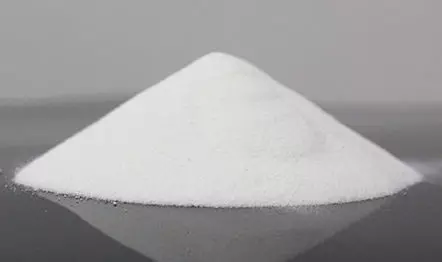
IUPAC Name
Azanium Chloride, Ammonium Chloride
Cas Number
12125-02-9
HS Code
2827.10.00
Formula
NH4Cl
Appearance
White Crystalline Powder
Common Names
Sal ammoniac, Salmiac
Packaging
25 Kg Net PP Woven Bag with PE Inner
Brief Overview
Ammonium chloride is a colorless cubic crystal or white crystalline substance with a salted and light bitter taste. The specific gravity is 1.527. It begins to vaporize without melting at 350°C and boils at 520°C. It is highly soluble in water, readily forming a slightly acidic solution. Even though it is soluble in liquid ammonia and is slightly soluble in alcohol, it is not soluble in acetone and ether. Observably, it volatilizes when heated at 100°C and dissociates into ammonia and HCl, which combines into NH4Cl again upon cooling in the form of white foggy substance, which contains extremely small granules of NH4Cl. This substance cannot precipitate is extremely insoluble in water. Even though it retains moisture poorly, it can cake due to water absorption in wet or rainy days. It corrodes black metals and other non-ferrous metals especially copper, but it does not corrode pig iron.
Manufacturing process
It is manufactured along with sodium carbonate through the Solvay process. The below chemical equation show the how the synthesis is done: CO2 + 2 NH3 + 2 NaCl + H2O → 2 NH4Cl + Na2CO3 Alternatively, it can be prepared by combining ammonia and hydrogen chloride (gas or aqueous solution). In addition to being the principal method for the manufacture of ammonium chloride, that method is used to minimize ammonia release in some industrial operations.